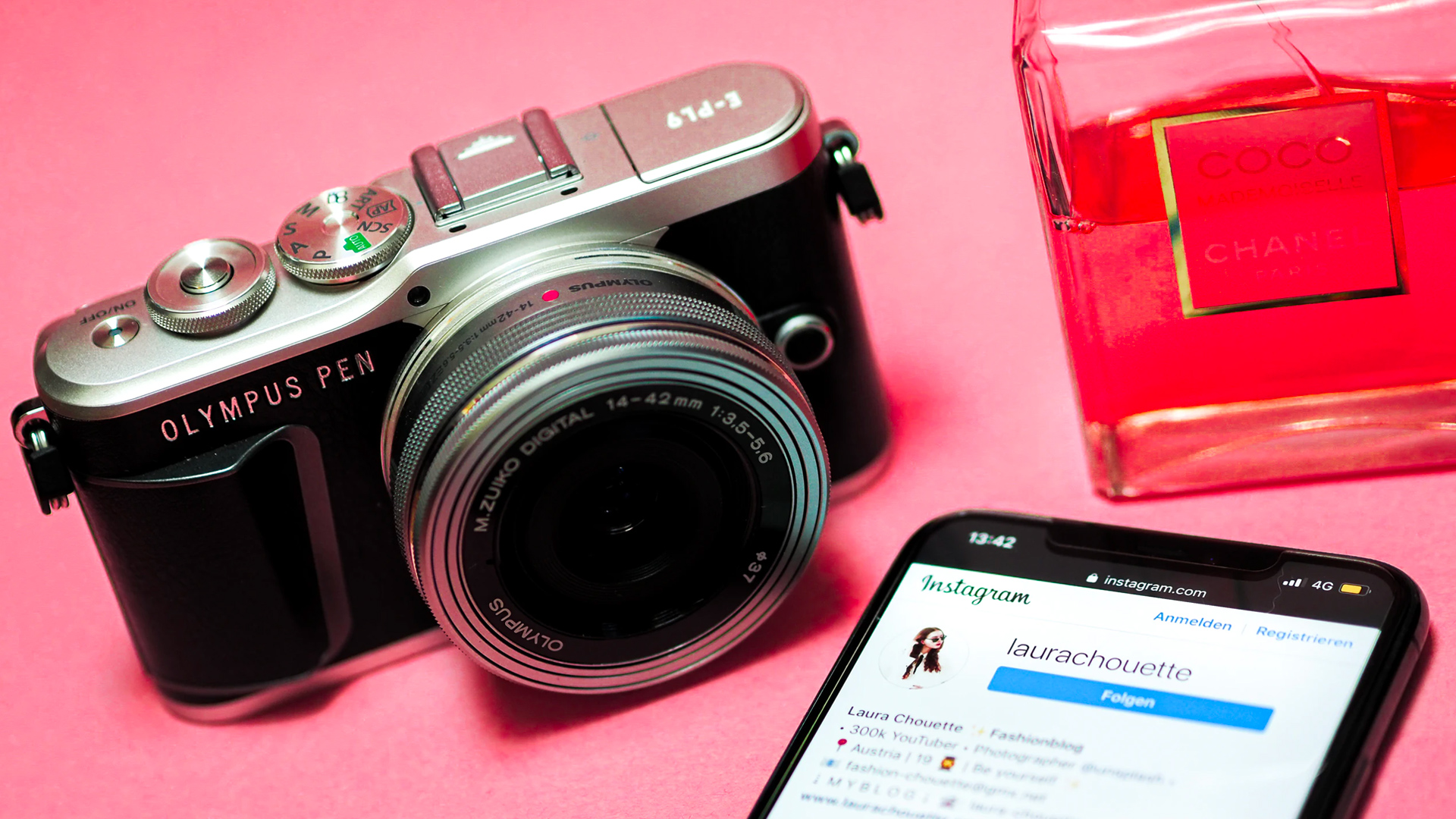Everywhere you look in China you see a paradox. Gleaming glass skyscrapers that are stunning examples of cutting-edge design are still being built with hand-lashed bamboo scaffolding climbing 40 stories high.
 Most aspects of culture and society evolve slowly or simply remain the same: respect for elders, the system of government, a culture of honor and humility. Conversely, however, we all have marveled at the speed with which China has erected new cities, installed a high-speed rail and staged a highly successful Olympic spectacle.
Most aspects of culture and society evolve slowly or simply remain the same: respect for elders, the system of government, a culture of honor and humility. Conversely, however, we all have marveled at the speed with which China has erected new cities, installed a high-speed rail and staged a highly successful Olympic spectacle.
Now something else is moving very fast against this backdrop of slow: the adoption of social platforms and digital content by consumers and marketers.
As one client pointed out this week, while television advertising in the region remains stuck in the ’90s (blaring and functional, not brand storytelling), some of the social and digital marketing in China is better than in any other market worldwide. I saw many examples of strong social and digital campaigns that our colleagues have created for our clients while I was here over the past week.
One result of the hyper speed with which social platforms like Weibo, Douban and Renren have been adopted in China is that individuals and brands realize that mainstream print and broadcast media — still state-run — offer a narrow view of events and opinion, while social channels are the “real voice” of the brand or a person. And brands are working with agencies to manage these two channels with that controlled/real dichotomy in mind. (Think about that for a moment).
The most dramatic context to witness the disruptive role of social platforms is in hard news coverage of crises and issues. When two high-speed trains collided in 2011 killing 40 people and it was initially blamed on weather rather than technology flaws, the backlash from eye witnesses via social media was swift and strident. In January of this year when an editorial in a newspaper called Southern Weekly was changed against the wishes of the editors, social media fueled days of protests on university campuses.
As a University of Hong Kong professor said last month, “Social media is creating an arms race between control and freedom in China.” Our colleagues in China point out that traditional media is considerably more candid than it was just 15 years ago. And social media is not just used to counter far-reaching government authority. Government officials are increasingly encouraging citizens to use social media to report corruption. The new president who was just elected is expected to expand anti-corruption efforts.
It’s an amazing time to be counseling clients on the brand marketing side about the opportunities to engage consumers in new ways. And on the corporate side, we have a pressing obligation to advise clients on the new extreme transparency and how to prepare to be more open and candid.



